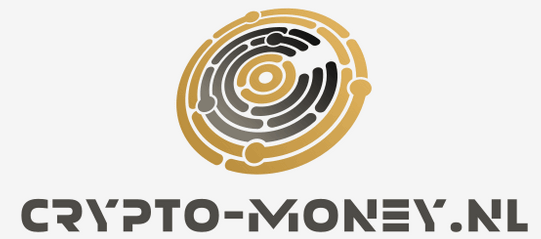The world of cryptocurrencies can seem overwhelming, especially when trying to understand how funds move within this rapidly evolving ecosystem. A "crypto money flow diagram" is an essential tool for visualizing and grasping the pathways your money travels—from initial purchase to storage, transactions, and even potential investments. In this blog, we’ll break down the essentials of crypto money flow, explore the critical components of such diagrams, and help you gain the knowledge you need to confidently make your next purchase in our crypto store.
Understanding Crypto Money Flow: Step-by-Step Breakdown
The journey of your money in the crypto world typically begins with a fiat-to-crypto conversion. This step usually takes place on a crypto exchange, where you use traditional currency (like euros or dollars) to purchase a digital asset such as Bitcoin or Ethereum. Most reputable exchanges require account verification for security, ensuring that the funds are traceable and regulatory guidelines are met. Once your fiat currency is exchanged, your crypto assets are held in a wallet associated with your exchange account or moved to a personal wallet for enhanced security.
After acquiring crypto, you might decide to transfer assets elsewhere for investment, trading, or safekeeping. This involves sending your crypto to different types of wallets—hot wallets for easy access or cold wallets for maximum security. Each transfer is recorded on the blockchain, creating a transparent and immutable record of the transaction. Understanding these movements is crucial, as fees and confirmation times can vary depending on the blockchain and wallet type used.
Finally, when you wish to use your crypto—whether for purchases, trading, or converting it back to fiat currency—the funds follow yet another path. Payments to merchants, peer-to-peer transfers, or liquidations on exchanges each have their own process. A comprehensive crypto money flow diagram visually maps out these steps, allowing both beginners and seasoned investors to understand exactly where their assets are, how they’re moving, and what risks or advantages each route entails.
Key Components of a Crypto Money Flow Diagram Explained
At the core of any crypto money flow diagram are several key elements: exchanges, wallets, blockchains, and third-party services. Exchanges act as the entry and exit points for fiat and crypto, serving as the first node in most diagrams. They facilitate buying, selling, and trading, but also introduce considerations around security, regulations, and fees. Clearly mapping these entry and exit points helps you identify where your money is most vulnerable and where you need to exercise the most caution.
Wallets are another critical component, often depicted as nodes branching from exchanges or other wallets. Hot wallets are connected to the internet, offering convenience for frequent transactions, but are more susceptible to security breaches. Cold wallets, in contrast, are offline and provide superior protection for long-term holdings. The flow diagram illustrates how and when to use each type of wallet, helping you plan secure and efficient asset management strategies.
Finally, the diagram includes blockchain networks themselves, which process and store transaction data, ensuring transparency and immutability. Smart contracts, decentralized apps (DApps), and DeFi protocols are increasingly common stops on the crypto money flow, enabling automated transactions or investments. By understanding these components and their relationships, you can make informed choices—whether you’re buying, storing, or investing in crypto—maximizing both your security and potential returns.
In summary, a crypto money flow diagram is more than just a visual aid—it’s a roadmap to understanding the intricate journey your assets undertake within the crypto ecosystem. By breaking down each step and identifying the core components, you’re equipped with the knowledge to safely and efficiently manage your digital wealth. Armed with these insights, you can confidently make your next crypto purchase in our store, knowing exactly how your funds will flow and how to optimize your experience for security and growth.

